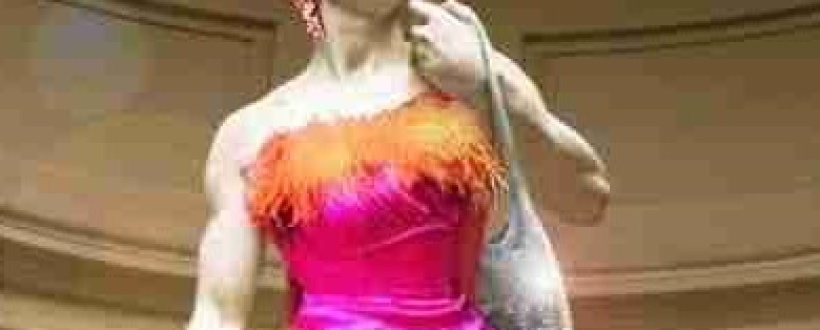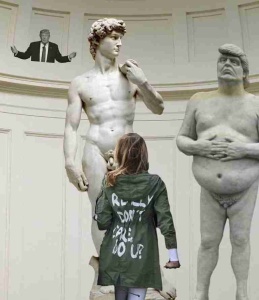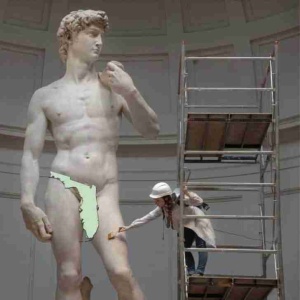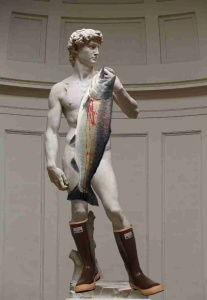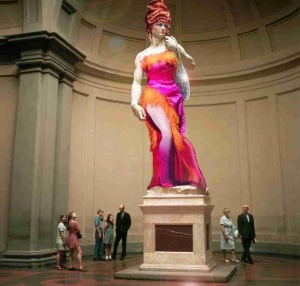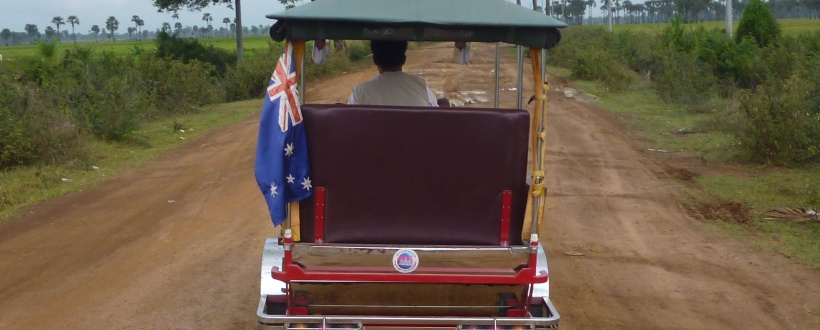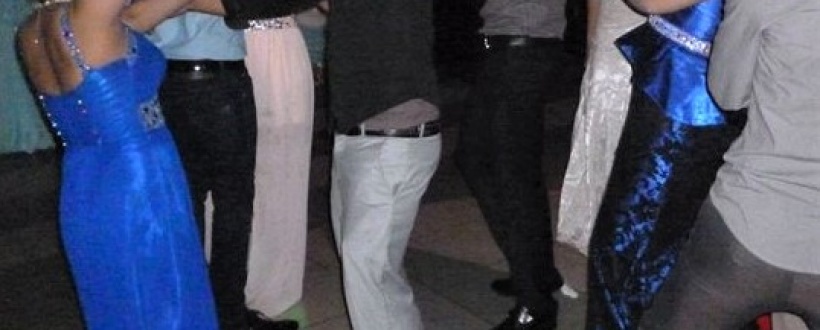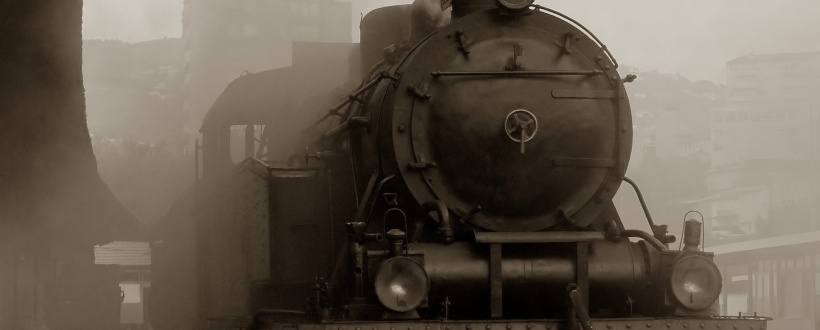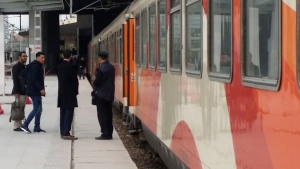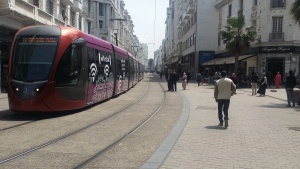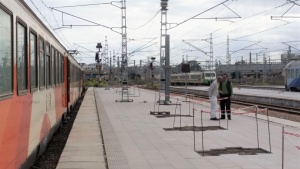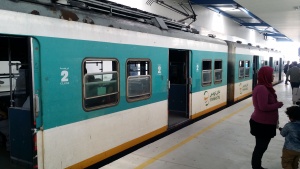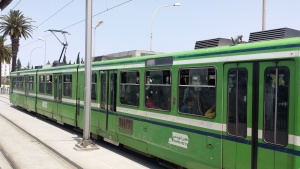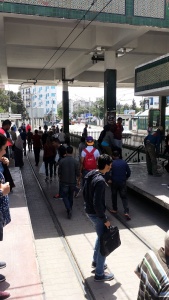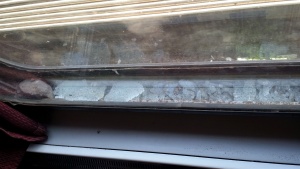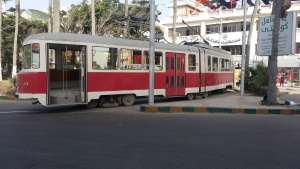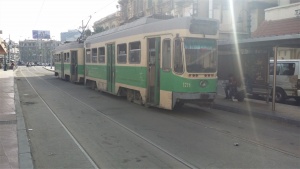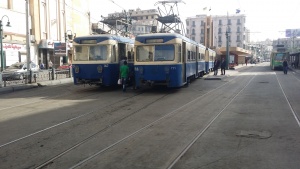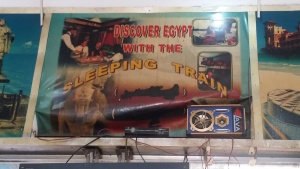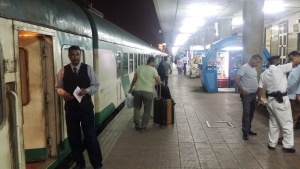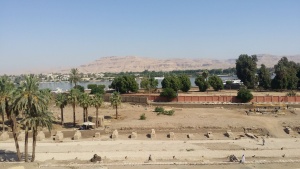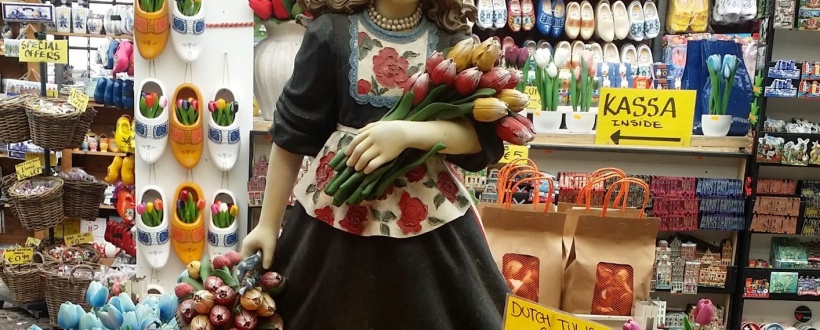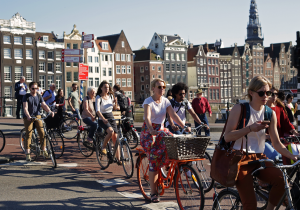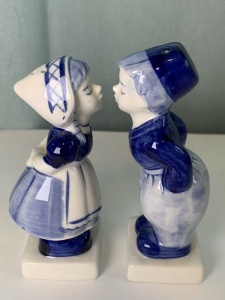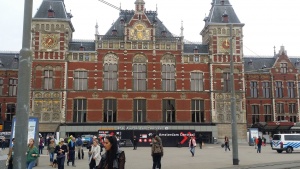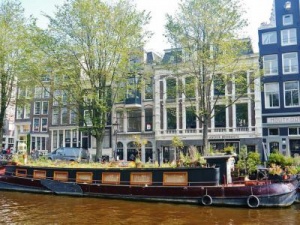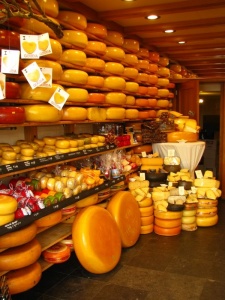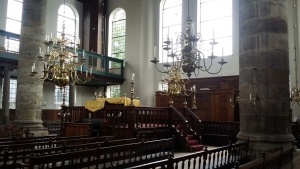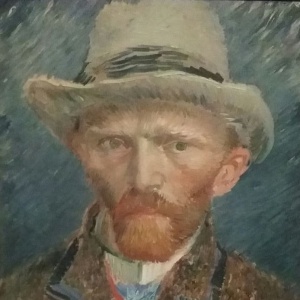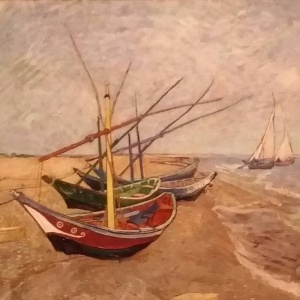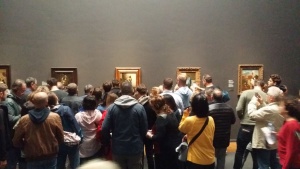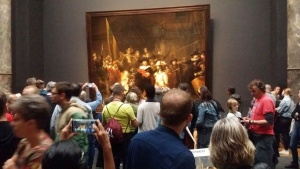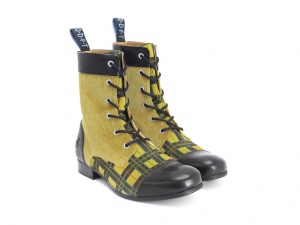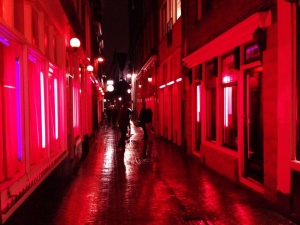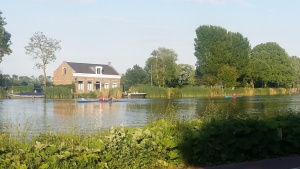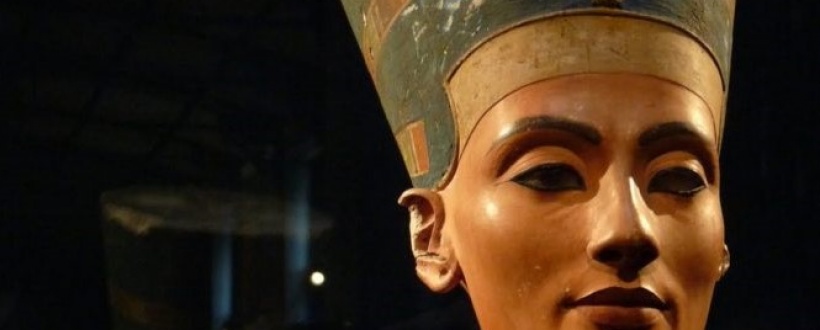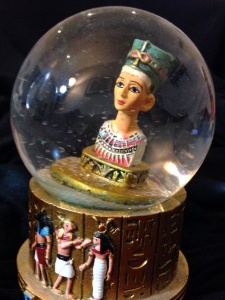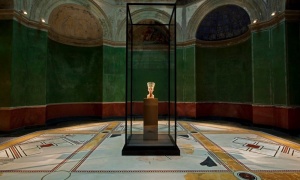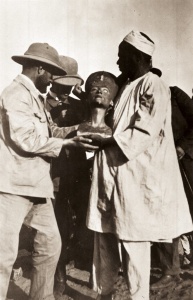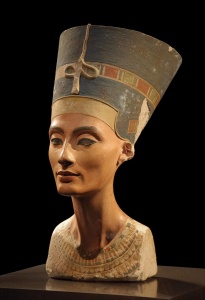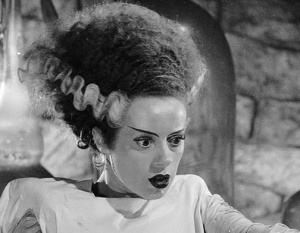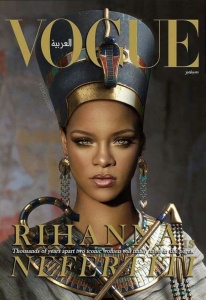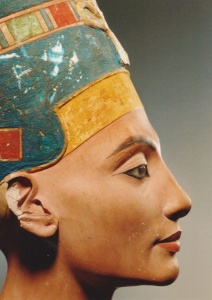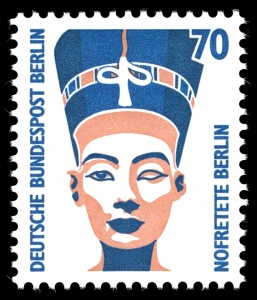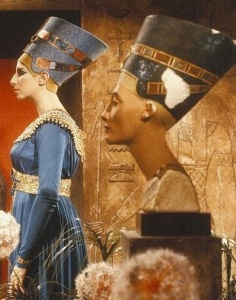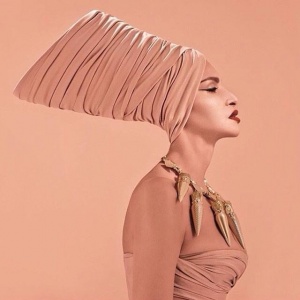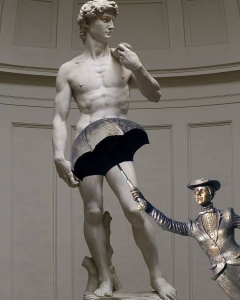 Deliberately, willfully. I committed an act of art bastardry. Gleefully, shamelessly. On public record denouncing those who desecrate, no cause excuses taking anger out on works of art. Yes, they were behind glass but, no, Extinction Rebellion, no. Yet I, sans remorse, in the name of good taste have taken to public art. And it felt good!
Deliberately, willfully. I committed an act of art bastardry. Gleefully, shamelessly. On public record denouncing those who desecrate, no cause excuses taking anger out on works of art. Yes, they were behind glass but, no, Extinction Rebellion, no. Yet I, sans remorse, in the name of good taste have taken to public art. And it felt good!
Hiring space inside the premises of a sex shop in Surry Hills, Sydney’s gay ghetto, friends opened a specialist bookshop. The first of its kind for Sydney. A risky move they were advised. But they hired me. “You’re good with people,” they said. I’d be casual staff. No experience, no training, no idea, genuinely enthusiastic. Yes, I’d be perfect.
After the first purchase I over rang the till by several hundred dollars. Exhibit one. Only an hour later, “I can’t do goes-intos, student discounts available only when I’m not manning the counter,” I gushed effusively. And winked. Poor stringy young thing misread, accusing me of making improper suggestions. I refused because I couldn’t work out the maths, or the cash register. Receipts for exhibit two, three and four all stapled neatly in the margins of the cash book. I over rang the till by one thousand two-hundred, and seventy-four dollars. And maybe several cents. An hour till lunch break.
But let me redirect you back in capital letters, to the premises. A SEX SHOP should that detail have escaped your attention. Oh, my goodness, the stuff being sold there, oh, oh, my goodness. I didn’t know what most of it was. Or for. I didn’t understand the “staff uniform” on the two mean muscle Mary leather men running their part of the shop. They wore very smart peaked and visored leather caps, lots of leather bits revealing most of their bits, held together by chains, metal rings, studded leather straps, and buckles. I certainly didn’t ask. Just gushed effusively. Wink. But I mean, come winter!
I stood neatly behind a wooden counter surrounded by “specialist” books, magazines, and street press publications knowledgeably dispensing wisdom and wise cracks to bewildered customers. So successful was my whisper campaign for The Glass Arcade men streamed through the door seeking their own copy of this “soon to be banned” salacious novel. Which it wasn’t. Either be banned or be salacious. Five boxes gathering dust in the corner sold in two days. The cash register ringing happily without a glitch.
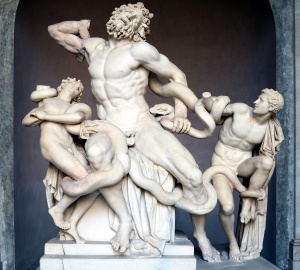 The walls painted black to best display lurid sex toys screamed, laughed, and pointed at me. My sphincter clenched every time I walked by. That small tartan thermos, a dildo. A boxed set of brushed steel designer hors d’oeuvre cutlery? Highly sought erotic sounding equipment. The cherry on top? At the rear a grotto housed an oversized sculpture of three naked men. Plaster of Paris on chicken wire, painted white. Locally handmade. I guess they were wrestling. It certainly was not Laocoon and Sons.
The walls painted black to best display lurid sex toys screamed, laughed, and pointed at me. My sphincter clenched every time I walked by. That small tartan thermos, a dildo. A boxed set of brushed steel designer hors d’oeuvre cutlery? Highly sought erotic sounding equipment. The cherry on top? At the rear a grotto housed an oversized sculpture of three naked men. Plaster of Paris on chicken wire, painted white. Locally handmade. I guess they were wrestling. It certainly was not Laocoon and Sons.
I spent lunchtime inside St Vinnies Op Shop making judicious choices. This evening I would be locking up. My time has arrived. To the grotto. Nylon wigs, one blonde, one brunette, one red found new homes on ugly heads. Three floral hats, once bountifully adorning cherubic red faces of morning tea Country Women’s Association Mums, tastefully topped corrosive faces of the three wrestling thugs. I couldn’t help but admire the improvement. The tone for my work set, I unleashed. Ropes of necklaces made of colourful beads, cheap glass, ceramic disks, plastic pearls, looped and coiled over necks, across shoulders, snaked up wrists in wanton fashion. A mauve cardigan hung deftly, setting off the musculature on a set of plaster shoulders. A feather boa trailed from another. A velour travel rug covered a kneeling vein popping leg. Long evening gloves slotted perfectly into a threatening fist. A pair of slingbacks swung from a finger pointing in anger. Each wore a vinyl handbag stuffed somewhere on their person.
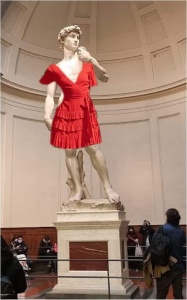 One final touch. A lipstick St Vinnies had in their “all stock must go” cardboard box. I began. Just a daub at first. Here, then there. Getting the feel, work gathered pace. Stepping back, I gasped. Against the white entangled bodies, my handiwork a triumph. Unmissable. Covered in lippie, burning fire engine gloss red, three sets of engorged oversize genitals.
One final touch. A lipstick St Vinnies had in their “all stock must go” cardboard box. I began. Just a daub at first. Here, then there. Getting the feel, work gathered pace. Stepping back, I gasped. Against the white entangled bodies, my handiwork a triumph. Unmissable. Covered in lippie, burning fire engine gloss red, three sets of engorged oversize genitals.
I was asked not to return. For that moment in gay history, I was the iconoclast, the desecrator, not bad for someone who up till then had risen to the dizzying heights of obscure cult figure singing in piano bars. The leather studs failed to see the humour. The artists, who also happened to be the leather studs, were outraged. Central to a major fundraising effort the sculpture to be first prize, rendered worthless. Their artwork desecrated. I was not sorry; I was annoyed they had the nerve to call it artwork. Goodness, give those plaster of Paris cock and balls a wash and a lick of paint. Good as new.
Surely there can be no doubt the Statue of David is an artwork. Parents of children attending a Florida school raised doubts. “Pornographic,” the call. “How dare you expose my children to such filth.” “Cover it up,” they shrieked. No! It’s art. Universally acknowledged as a renaissance masterpiece, Michelangelo’s greatest triumph over marble. Any wonder banner headlines circled global news services, “Florida principal resigns on principle.” Who would blame her. We have been blessed with a battery of memes. Not a bad trade-off for narrow mindedness.
Here’s the link to my public declaration against wilful destruction of artworks. In particular, The Statue of David.
https://thegodlesstraveller.com/his-left-foot/
Double click on any image below to enlarge.
